5. It Follows
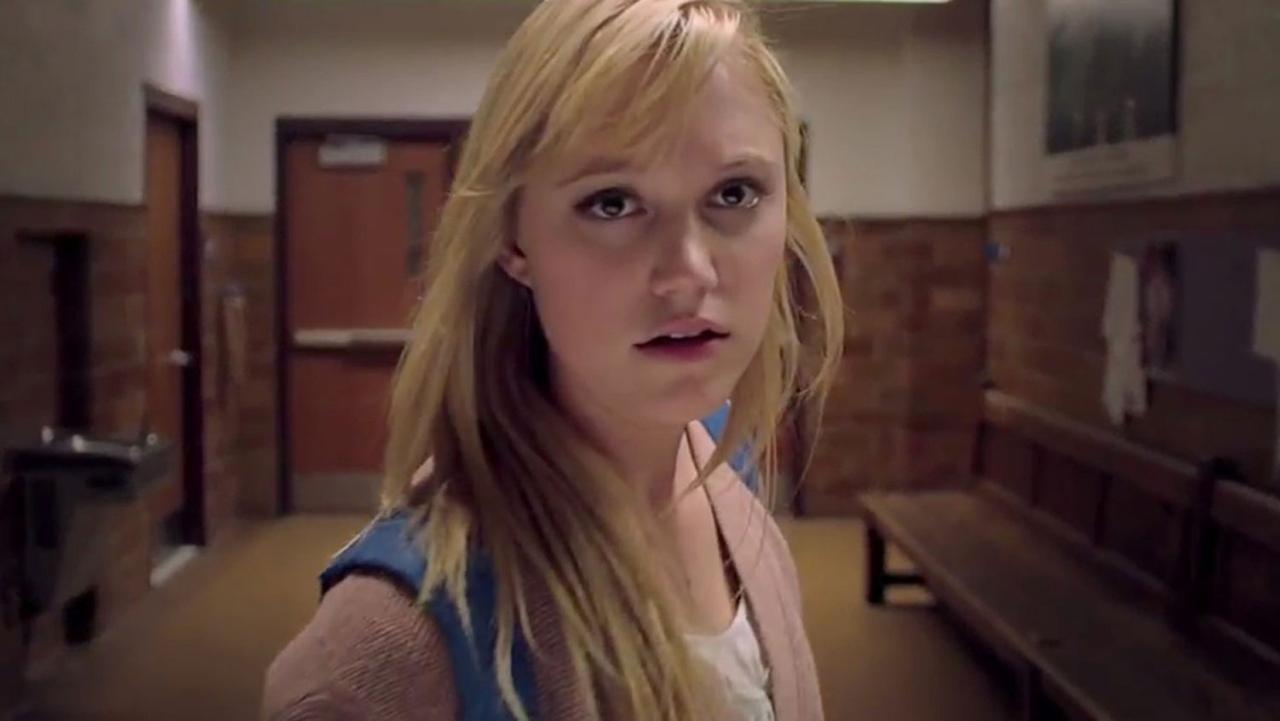
19 year old college student Jay (Maika Monroe) lives a relatively quiet life with her sister and mother in American suburbia, but when an intimate encounter with a new boyfriend is revealed to have a horrifying consequence she finds herself being pursued by something supernatural, relentless and deadly. Her only option to rid herself of it is to pass it onto someone else the same way that it was transmitted to her – by having sex.
David Robert Mitchell’s introspective indie horror It Follows is a bitingly modern parable, a complex exploration of sex, death and teen culture that somehow remains hazily reminiscent of retro horror classics – a subversion and celebration of multiple genre hallmarks.
The film almost seems to satirise the cliché of the sexy scream queen with its opening, which sees a teenager running terrified down a street, lingere-clad and tottering on high heels. When she (spoiler alert) meets a spectacularly gruesome end and the camera cuts and pans to a new girl, it becomes pretty clear we’re going to watching an altogether different kind of heroine.
Monroe’s performance is understated enough to sell a crazy concept with utter conviction, and the character of Jay is simultaneously emblematic of fear and fearlessness when it comes to attempting to evade her paranormal pursuer. She may be a victim, but (after the initial shock and terror wears off) takes her fate into her own hands and does everything in her power to save herself.
4. [REC]
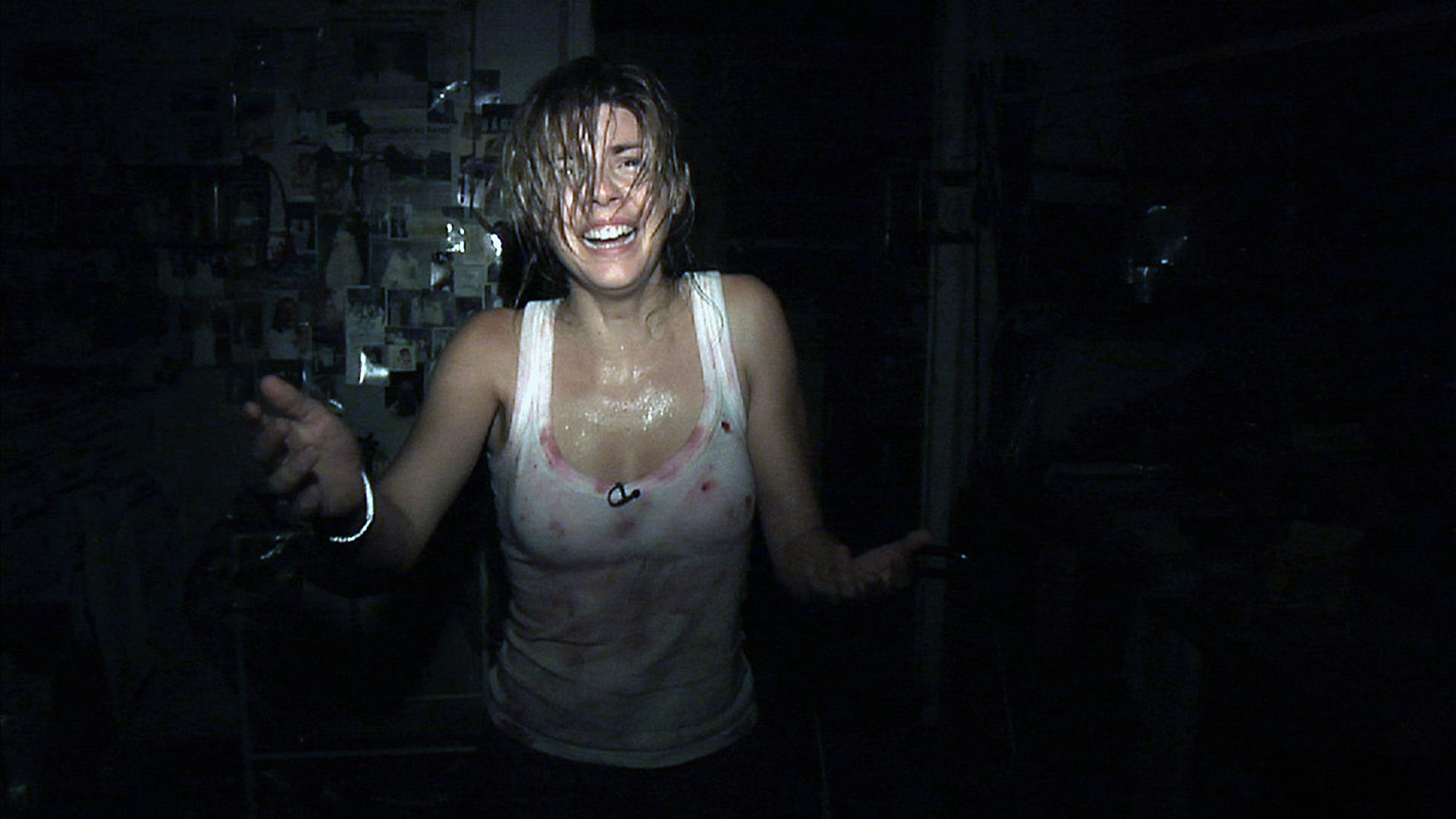
When reporter Angela Vidal (Manuela Velasco) and cameraman Pablo shadow a fire crew for a television report, events take a nightmarish turn when they become trapped in a quarantined apartment block after a strange infection turns residents into violent maniacs with an appetite from human flesh.
As the contagion spreads and the body count rises, Angela’s journalistic determination to uncover the truth reveals the deeply disturbing origin of the epidemic.
It’s relatively rare for a found footage horror film to be genuinely unsettling as opposed to relying on relentless jump scares, but it’s a feat that [REC] achieves with ease, effectively sustaining a gripping sense of dread throughout its short run time and culminating in it’s truly shocking ending. An inventive and engaging addition to the zombie genre, a key aspect of its success is its use of handheld ‘shaky cam’.
As a cinematic technique, it isn’t always successful, but with Angela directly addressing the audience, she becomes the focal point of the film and creates real immersion, propelling the plot forwards with wide-eyed tenacity and bravery and creating a heroine that audiences can’t help but root for.
3. The Silence of the Lambs
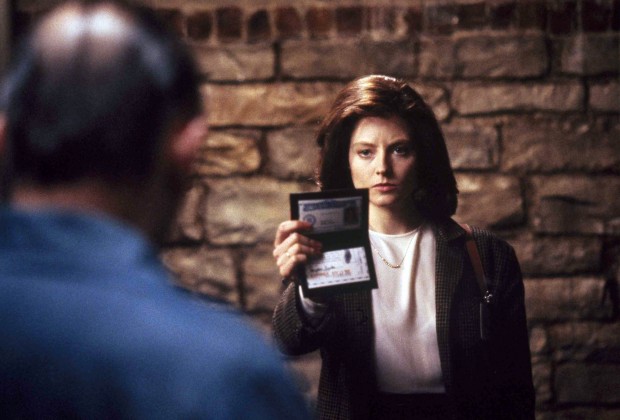
When a serial killer that skins his victims continues to evade authorities, FBI trainee Clarice Starling (Jodie Foster) is sent to gain an understanding of his twisted psyche by interviewing psychiatrist, psychopath and cannibal, Dr. Hannibal Lector (Anthony Hopkins).
Seemingly taking a shine to the young agent, he answers her questions and offers her clues towards solving the case – providing that she offers him insight into her own life in turn.
Clarice is undeniably an outsider, ostracized, belittled and objectified by the men that flank her in her chosen field, remaining tight-lipped and steely in the face of endless hurdles. This isolation is a crucial aspect of her character, and the key to her success in reaching Lector – he senses a kindred spirit.
Their relationship is undeniably intimate, simmering with tension and a mutual empathy as parallels between them are quickly revealed, but unlike Lector, Clarice is a true hero. Relentless in her quest to save the life of life of Bill’s latest victim before time runs out, she places herself in the path of danger while resolutely refusing to play the victim in this darkly thrilling classic.
2. Halloween
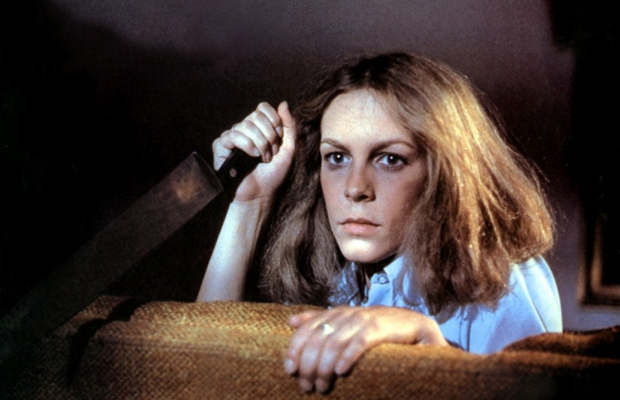
On Halloween night, 1963, Judith Myers is brutally stabbed to death by her 6 year brother Michael. Deemed “purely and simply evil” by his doctor, he is institutionalized indefinitely. Unfortunately for the residents of Haddonfield, he escapes just before Halloween night exactly 15 years later, and with the same fondness for masks, sharp knives and murder, begins to stalk three teenage girls.
Halloween is one of John Carpenter’s masterpieces and remains undoubtedly iconic, having popularized the subgenre of the ‘slasher’ horror and inspired countless spin-offs, parodies and homages, none of which ever quite seem to capture the same sinister spirit of the original.
Actress Jamie Lee Curtis (daughter of iconic Hitchcock screen queen Janet Leigh) made her screen debut as ill-fated babysitter Laurie Strode, the prey of Michael’s menace. She has to be one of horror’s most resourceful heroines, managing to fend off death without a single weapon – she makes excellent use of various household items instead (including an inventively fashioned coat hanger) and never fails to prioritise the safety of the children in her charge over her own.
It’s true that Laurie is an exact embodiment of the virtuous final girl archetype that escapes the grisly fates of her sexually-active friends, but it’s important to remember that Halloween was a true original in 1978, the first of its kind – and that the final girls who followed were really just taking their cues from Carpenter.
1. Alien
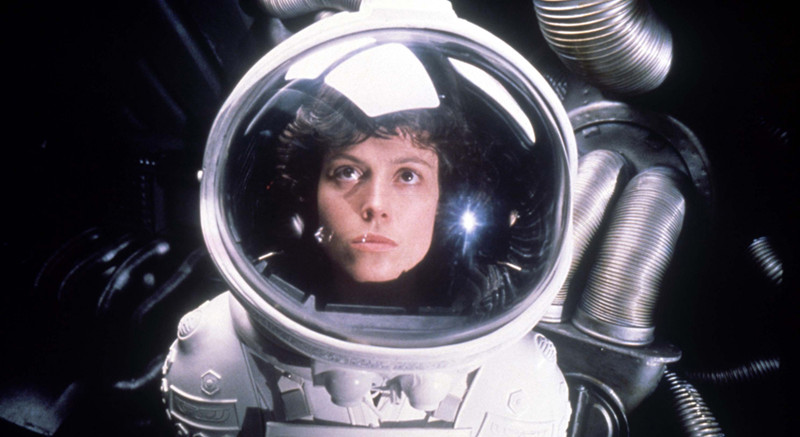
A commercial towing vessel in deep space intercepts a distress call from an unknown planet, awakening the crew from their hyper sleep and propelling them into an exploration of an abandoned, derelict spaceship.
After a team member is attacked by an unknown life form and brought on-board in violation of quarantine rules, it seemingly dies. Unfortunately for the crew of the Nostromo, its life cycle has only just begun, and one by one, it begins to hunt them down.
Since Alien’s release in 1979 it’s been heralded for challenging established gender roles in the science fiction, action and horror genres, with the character of Ellen Ripley (Sigourney Weaver) reaching the status of pop-culture icon.
In many ways, the character of Lambert (Veronica Cartwright) is a clichéd horror damsel – terrified and tearful, she dies paralysed with fear, incapable of even defending herself – and it emphasises Ripley’s own composure and strength even further.
Smart and daring, she’s a strategic master and born leader, but also fiercely maternal, a richly texturized characterisation rarely afforded to women in horror.
In spite of the excellent supporting cast, Alien is undoubtedly her film, and so were the subsequent sequels. Brave, flawed, compassionate and tough as nails to boot, Ellen Ripley remains one of horror’s most exciting and trailblazing heroines to this day.
Author Bio: Beth Inglis is a student and writer from England that enjoys strong coffee, bad weather and cinema. Can usually be found hunched over a desk, wandering around a bookshop or looking for her lost glasses. You can follow her on twitter or her blog.